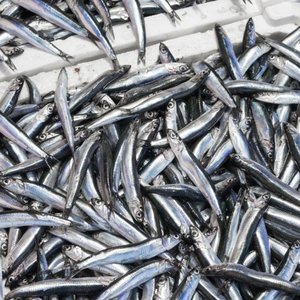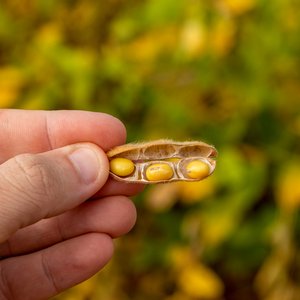The U.S. Food and Drug Administration released its “Strategic Plan for Regulatory Science,” calling for a sweeping modernization of the science used in developing and evaluating products critical to the nation’s health, economy, and security.
“The breadth and scope of FDA’s regulatory oversight is extraordinary, touching the lives of every American, through the food they eat, the medicines they take, and the medical devices they use,” said FDA Commissioner Margaret A. Hamburg, M.D. “As new discoveries yield increasingly complex products, this strategic plan ensures that our experts are equipped to make science-based decisions resulting in sound regulatory policy. It positions us to foster innovation through better science without compromising our high safety standard.”
The plan provides specific details of the agency’s Regulatory Science Initiative, outlined in October, 2010.
The strategic plan describes the agency’s intent to collaboratively enhance the process for developing and evaluating promising new products and novel materials from fields such as cell therapy, tissue engineering, genomics, personalized medicine, advanced computing, and information technology. It also underscores the agency’s emphasis on food safety.
The plan also emphasizes the agency’s intention to study and improve how it communicates health information to consumers, particularly as communication technologies rapidly evolve and change the way people receive that information.
“New technologies provide unprecedented opportunities to prevent and cure disease and to grow our high tech economy,” said FDA Chief Scientist Jesse Goodman, M.D, M.P.H. “This plan will help turn advances in science into products that benefit people, and help FDA assure that happens more quickly and safely. It is win-win-win, because it will help the public, the agency, and developers of new products.”
Regulatory science is the foundation of decision-making at FDA. Animal and aquafeed are among the products regulated by FDA.
Download the report (PDF) from the link below:










